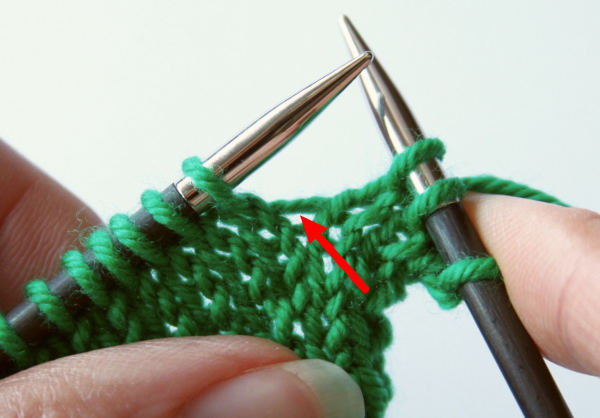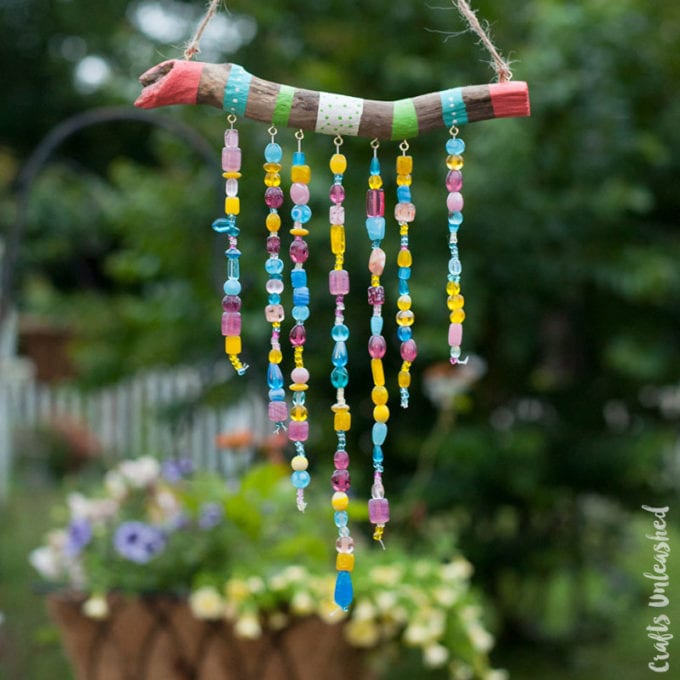
You can create truly unique scarves by using linen knit patterns. This stitch can be used for knit items like scarves. This pattern is simple and straightforward.
Linen stitch can be described as a round knitting pattern that produces a woven like fabric. It works great with larger weight yarns and is perfect for homewares. It's a firm, smooth fabric that looks great with bold colors.
Linen stitch takes its name from the lines that form when the yarn is carried while making slip stitches. This stitch is great for flat items, such as washcloths and placemats. You can also use it with self-striping yarns for a woven texture. This is an easy and quick knit stitch that can take some practice.

Linen stitch works best when used with cotton yarns or linen yarns. For this stitch, lightweight cashmere yarns work well. You can make many different items with this stitch. It can be used to make a scarf or sock, a shawl or a sweater, as well as a vest, hat, and a vest. You can also use this stitch pattern to create a reversible cowl.
Linen stitch consists of both a knitted and a slipped pattern. It is worked in a two-row repeat. The knit stitches will be knit in an even number, while the slipped stitches will be purls. Each row of odd is worked in a different colour yarn. This creates an irregular pattern called a "checkerboard". Your linen stitch pattern can be made with multiple colors. It's a great way to break up a variegated colorway.
Linen stitch is compatible with all thicknesses of knitting needles. Linen stitch is not like the sockinette. Linen stitch can be reversible but looks best when it is made from a heavier yarn. Because it is easy to use with any yarn, it's a great pattern for beginners.
You can work linen stitch best in the round. This is the most straightforward way to work this thread. The two-row repeat pattern for linen stitch knitting can be used to make any thickness of knitting needle. It's a great stitch for homewares and washcloths because it is firm and durable. It can be used with any type of yarn but it works best with linen or cotton yarns. It is also useful for colorwork.

Linen stitch knitting patterns vary from one pattern to another. This stitch can be taught in one or two colors depending on the pattern. Work in multiple colors and carry the unused color to the back. This stitch pattern can also be used to make a sock that you can reversibly, or a scarf. This pattern can also be used as a knit belt.
FAQ
What is observation hobby?
Observation hobbies allow you to observe others doing the same thing. These hobbies could include reading books, watching sports, or going on vacation. It could also be observing other people as well.
Observation hobbies can be very beneficial because they allow you to learn how creative thinking works. This knowledge will be useful later in your work for others and yourself.
You will discover that learning is easier when you are interested.
For example, if you want to know more about football, you may watch a game or read a book about it. Exhibitions are a great way to learn about photography.
If you enjoy playing music, you could play along to songs online or buy a guitar.
You can cook your own meals, or you could go to a restaurant.
If you love gardening, you might grow vegetables or flowers.
If you are a fan of dancing, you can join a class or go out with your friends to learn.
If you love painting, you can paint pictures.
If you like writing, you could write stories or poems.
If you like drawing, you could draw pictures.
If you have a passion for animals, you might be able to look after them or work in a zoo.
If science interests you, you can study biology, chemistry or physics.
If you like history, you could read books, watch films or listen to podcasts.
If you enjoy travelling, you might consider exploring your local area or traveling abroad.
How much does a hobby cost you?
Time is all that's required to make a hobby a success. But it could take years to achieve what you want if you are serious about it.
But there is one thing you can do to help yourself. It's called "passion". If you have passion about something, it will make it easier for you to work hard.
After you've put in hours, you might become addicted. And this is where the real fun begins! Because you now enjoy what you do and are improving your skills every day. You will likely have seen a significant improvement by the end the year.
Don't fret about how long this takes. Give it a shot. You may be surprised!
What types of hobbies are suitable for introverts?
Introverts are able to concentrate on one thing at once. They are more comfortable with solitary activities, such reading, writing, music, and watching movies.
They also enjoy quiet time. They do not like to socialize all day. In fact, they can often be bored when surrounded with people.
This is why introverts choose hobbies that make them feel alone. Introverts may love reading books, listening and/or playing music, or painting, drawing, writing poetry and taking photographs.
Some introverts even choose to live alone. They are able to concentrate on their hobby while not being distracted by other activities.
Statistics
- Almost 80% of people claim to have no hobby. (hobbylark.com)
- A new survey by Pew Research Center of teens ages 13 to 17 finds that 36% of girls feel tense or nervous about their day every day; 23% of boys say the same. (pewresearch.org)
- I am 100% biologically a woman (discover.hubpages.com)
- This 100% accurate personality-analyzing hobby quiz discovers your passion based on your characteristics. (quizexpo.com)
- In comparison, men in the “no humor” condition were refused 84.6% of the time and were only accepted 15.4% of the time. (time.com)
External Links
How To
How to start gardening
Gardening has been around since the dawn of agriculture. It requires patience, persistence, and determination. The first step in starting your own garden is choosing a location where you want to grow food. You can choose to have a large area or a small one in your backyard. Next, choose what kind of plants you would like to grow. Do you prefer flowers or vegetables? Some people love to grow herbs, while others enjoy raising animals like rabbits. Before you decide what crops to plant, you should think about how much space is available. If your climate is cold, you may decide to plant berries and fruits.
After you have decided what you want to plant, it is important that you prepare the soil. Soil is essential in determining whether your plants will thrive or fail. High quality soil is rich in organic matter, which feeds your plants' roots. Organic matter includes organic matter such as leaves, twigs or grass clippings. Once your soil is prepared, it's time to add nutrients. The type of plant you intend to grow will dictate the amount of nutrients you need. A fertilizer calculator online can help you determine these values. Many fertilizers are on offer, so make sure that you know which one you are buying.
After you have prepared your soil, and added the correct nutrients, you will need to wait until your seed germinates. This process usually takes anywhere from 2 weeks to 3 months, depending on the weather and the temperature in your area. After your seeds sprout, it is important to water them frequently. Watering your plants too little or too often can cause problems. Ensure you give your plants enough water at regular intervals and avoid overwatering. Overwatering can lead to root rot and fungal diseases. Keep in mind that plants are more thirsty during summer than winter. Some plants must be dried out after being watered. For example tomatoes should be kept slightly moist and not wet. They won't tolerate soggy soil. After the plants have finished flowering they must go dormant. Dormancy is when plants stop producing new growth and begin storing energy for the next season's harvest. The plant ceases sending signals to its roots to produce food during dormancy. The plant continues to store energy during this time. However, if the temperatures drop below freezing and there isn't enough sunlight, the plant will go to sleep.
Urban areas can limit your choices for plants. Concrete sidewalks, roads or parking lots can block sunlight from reaching urban areas. Concrete absorbs light and prevents soil below from getting sufficient sun exposure. Many plants can't thrive in urban environments because they lack sunlight. However, many plants can still thrive in urban environments. Many trees, shrubs, and perennials can adapt to city living. Many annuals can also grow indoors in pots. Container gardens allow you to bring fresh greenery into your home year-round regardless of the weather outside.
Now that you have decided where to place your garden, chosen what you will grow, and prepared your soil, you are ready to plant!